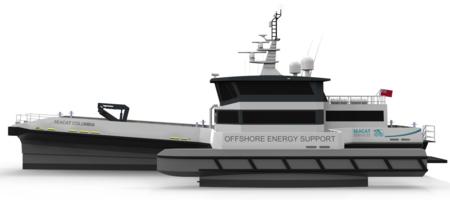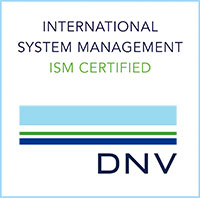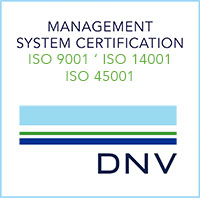


Cowes, 21st September - Class-leading offshore energy support vessel (OESV) operator, Seacat Services, has ordered two next generation multi-hull crew transfer vessels (CTVs) from world leading naval architects, BAR Technologies, designed in partnership with Chartwell Marine, a pioneer in next-generation vessel design.
With UK build and construction of the first vessel expected to be completed by Q1 2022 this order amplifies the collaboration between the three South Coast experts as they work to strengthen Europe’s offshore energy supply chain.
The new BARTech 30 is a true game changer in green vessel design and will work in tandem with Seacat’s existing OESVs, further refining the operator’s winning formula for operational excellence. Representing a unique evolution in the make-up of the fleet, the new vessels – Seacat Columbia and Seacat Cambria - will reinforce Seacat’s commitment to the decarbonisation of the workboat sector.
Cutting emissions is one of the biggest challenges facing the offshore wind and broader maritime sector amid rising global awareness of its environmental impact. Naval architects BAR Technologies and Chartwell Marine have focused instead on creating fuel efficiency through a highly optimised multi-hull design, working alongside BAR Technologies’ patented Foil Optimised Stability System (FOSS). Ultimately this will cut CO2 emissions by up to 600 tonnes per annum if working on a 12 hour shift of operation.
Seacat Columbia and Seacat Cambria will consequently be among the first true ‘Low Emission Vehicles’ (LEVs) servicing the offshore wind market, with total emissions 30% lower than conventional CTV designs.
Crucially for Seacat, these improvements come at no sacrifice to operational performance – with FOSS, the vessel’s ability to reduce pitch and roll while lowering vertical acceleration in 2.5m wave heights will enable greater comfort during transit and improved push on performance during operations. This is of growing importance as offshore wind farms move further out to sea, requiring vessels to travel further for longer while navigating more challenging conditions.
Ian Baylis, Managing Director, Seacat Services, said: “After reviewing the latest options on the market, the BARTech 30 is the first one that has met and exceeded all of our requirements, embracing efficiency gains through design, instead of relying exclusively on hybrid propulsion. Adding this vessel to our existing fleet of OESVs is a simple, effective way to get ahead on emissions reduction without interrupting our current work scope.”
John Cooper, CEO at BAR Technologies, said: “Innovative vessel design and technologies are vital to supporting the offshore wind and maritime sectors. Seacat has a long history of setting the benchmark for operational best practice and we are delighted to help them continue to refine their winning formula, while creating a new fuel efficiency standard. The OEMs have consistently told us they want to reduce emissions in the supply chain, so we are proud to be delivering to brief.”
Andy Page, Naval Architect and Managing Director of Chartwell Marine said: “Every step forward in vessel design and efficiency must be taken with the needs of the end user in mind. The BARTech 30 capitalises directly on operational feedback from leading firms like Seacat Services to ensure that emissions reduction is effectively realised - without being at the expense of technical capability and the service provided to offshore wind firms.”
The BARTech 30 design has recently been awarded approval in principle (AiP) from the American Bureau of Shipping (ABS), providing another class-certified, Jones Act compliant option for vessel operators looking to enter the US offshore wind space.

